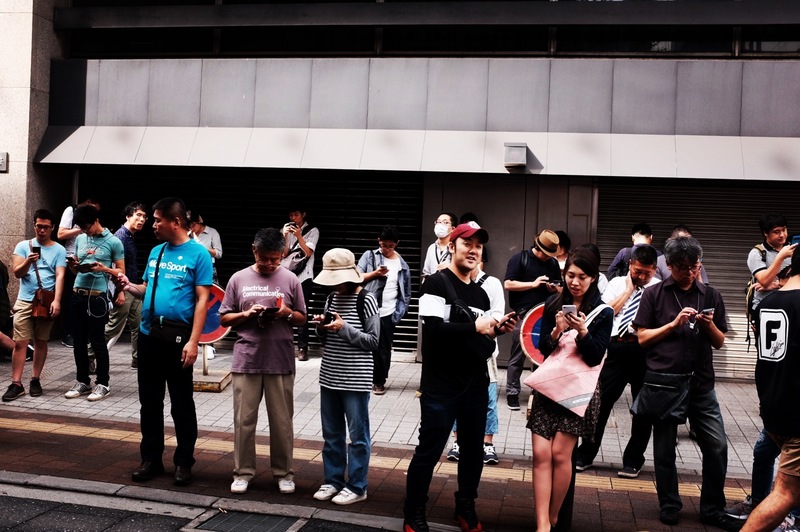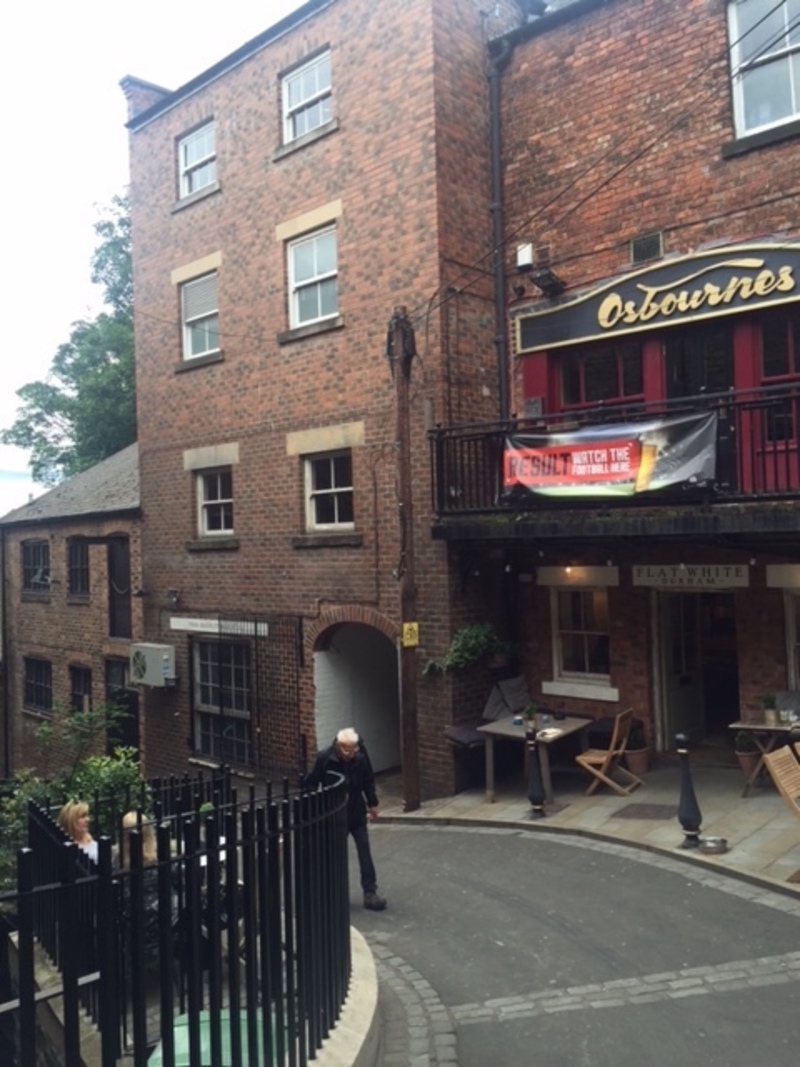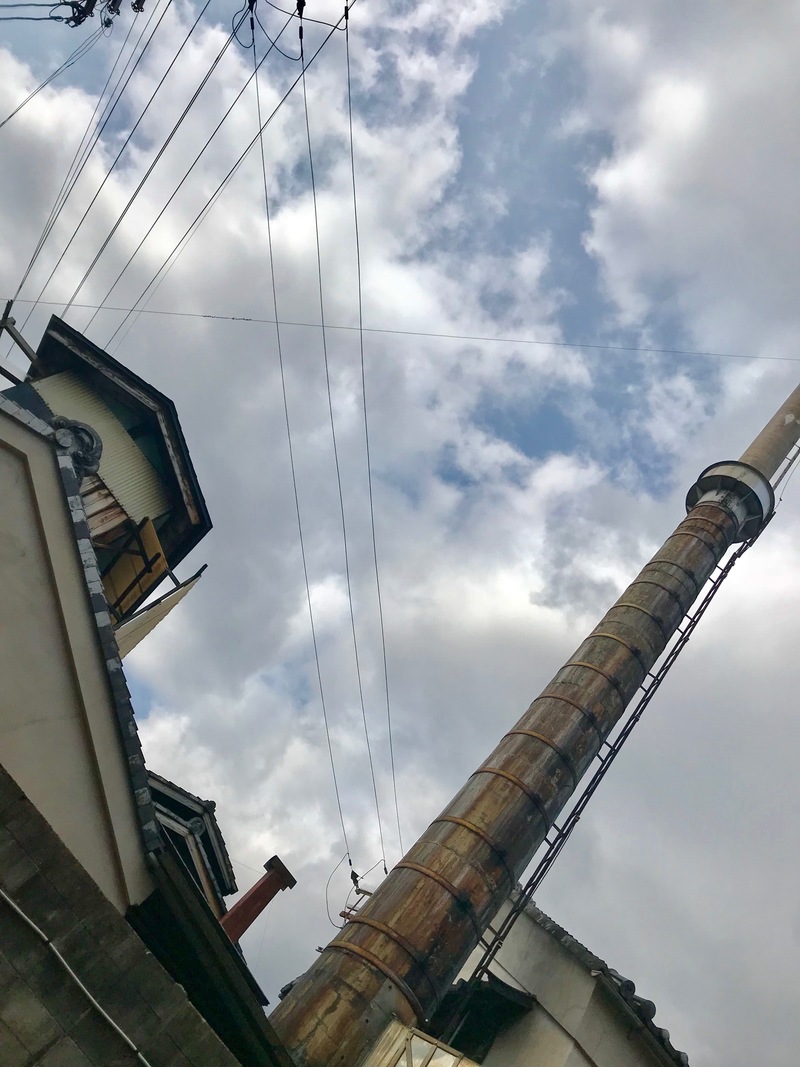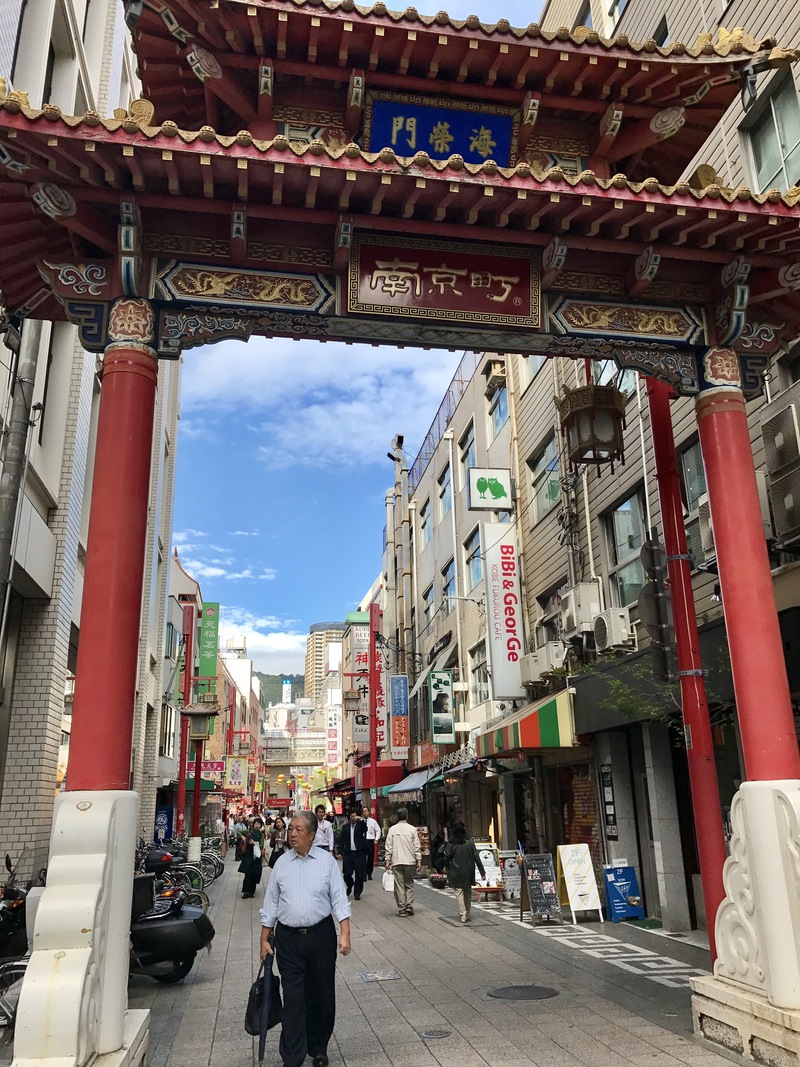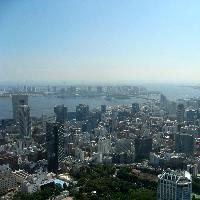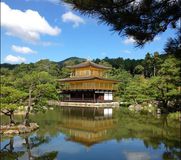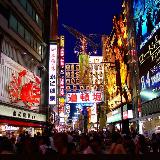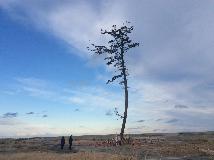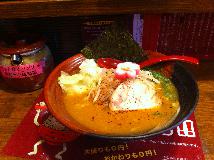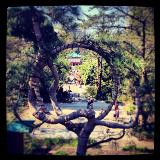I’ve recently returned to Melbourne from the 2016 Association of Social Anthropologists conference at the University of Durham, UK. It was a nostalgic visit for me. I had lived in Durham and had taught at that University for 14 years, from 1992-2006. This first visit back to the northeast of England in many years should have felt like a home-coming, but for every vivid happy memory etched into the landscape, and every lovely reunion with old friends, there were also stark physical disruptions to memory – new shops, roads and buildings – and a sense of emotional distance in time and space that made me feel strangely detached and foreign.
I attended part of a panel at the conference called ‘Sensory knowledge: emotional and sensory encounters as ways of knowing’ – so very relevant to our project on Sonic Japan. David Howes, a foundational scholar in sensory anthropology, gave a fascinating paper. He introduced the field of sensory museology as part of a multidisciplinary ‘sensory entanglements’ project. I jotted notes that included the following quote: “How can you have a meeting of minds if you don’t have a meeting of media/senses”. This, together with the call to consider meanings that are embedded in the ‘sensory life of things’ gives plenty of tasty food for thought….
I digest these ideas while considering both my sensory-rich visit to Durham as well as my sensory-rich experience practicing aikido in Japan – a bodily practice I’m closely in tune with, largely from training outside of Japan in rather different environments with different interactive modalities. The richness of the sensoryscapes in both Durham and the Japanese dojo can make one feel simultaneously at home and foreign. The experiences of being in those sensory-rich physical spaces lead less to a conscious meeting of minds and more to a meeting of familiar and foreign bodily sensations past and present within the individual. Thus, if Howes is calling for a mobilisation of the senses in order to draw people into a shared cognitive understanding (in his case, an understanding of museum performance and display), I’d like to think about how the mobilisation of the senses draws people into an embodied consciousness, into a space of body memory, of touch, of felt connections and disjunctures, of belonging and foreignness, of past and present.
